Force needs and mission have to be used to evaluate performance. A performance score for these drones can be measured based on several key attributes, including speed, endurance, stealth, payload capacity, and versatility. Here’s how they might be assessed:
- Speed – How fast the drone can travel, impacting its ability to evade threats or conduct rapid strikes.
- Endurance – The maximum flight duration before needing refueling or recharging.
- Stealth – The ability to avoid detection using radar-absorbing materials and design.
- Payload Capacity – The weight of weapons, surveillance equipment, or cargo it can carry.
- Versatility – Whether the drone can perform multiple roles (combat, surveillance, refueling, electronic warfare, etc.).
To quantify performance, a scoring system (e.g., out of 10) can be assigned based on public data and comparisons with similar models. For instance, one possible score would be:
| Drone Model | Speed | Endurance | Stealth | Payload | Versatility | Total Score |
|---|---|---|---|---|---|---|
| X-47B | 8 | 7 | 9 | 8 | 9 | 41 |
| MQ-25 Stingray | 6 | 8 | 7 | 7 | 10 | 38 |
| RQ-4 Global Hawk | 5 | 10 | 6 | 6 | 7 | 34 |
| XQ-58A Valkyrie | 9 | 6 | 7 | 5 | 8 | 35 |
| CH-5 Rainbow | 4 | 9 | 5 | 6 | 7 | 31 |
| Bayraktar TB2 | 5 | 7 | 4 | 4 | 8 | 28 |
Sky-High Costs: The World’s Most Expensive Military Drones Reshape Warfare
In an era where advanced technology is redefining warfare, nations around the globe are investing heavily in unmanned aerial vehicles (UAVs) that offer unprecedented capabilities. These high-tech drones—some costing hundreds of millions of dollars—are revolutionizing surveillance, combat, and intelligence operations. But with such staggering price tags, are they truly worth the investment?
The Price of Power
Among the most expensive drones is the Northrop Grumman X-47B, which carries a jaw-dropping development cost of $813 million. Designed for autonomous carrier operations, this UAV has paved the way for the U.S. Navy’s next generation of unmanned aviation. Similarly, the MQ-25 Stingray, another costly project at $805 million, is reshaping aerial refueling operations, extending the combat range of fighter jets.
Not far behind, the RQ-4 Global Hawk—priced at $140 million per unit—dominates high-altitude surveillance, capable of flying at 60,000 feet for more than 30 hours. Meanwhile, the MQ-4C Triton, a maritime surveillance variant, carries an even heftier price tag of $180 million, proving invaluable for naval intelligence operations.
Performance vs. Cost
While these drones provide unmatched battlefield intelligence, not all UAVs demand such astronomical sums. The XQ-58A Valkyrie, for example, offers an affordable alternative at just $3 million per unit while still achieving speeds close to Mach 0.85. Likewise, China’s CH-5 Rainbow, which boasts a 60-hour endurance, comes at a relatively modest cost of $10 million.
On the other hand, stealth-focused drones such as the BAE Taranis and Dassault nEUROn—which have seen investments of £185 million and €405 million, respectively—highlight the growing competition for radar-evading technology in modern combat scenarios.
The Future of Drone Warfare
With global military budgets shifting toward autonomous systems, these high-cost drones are becoming essential assets in defense strategies. Experts predict that future UAVs will incorporate AI-driven decision-making, extended endurance, and multi-role capabilities, reducing reliance on human-operated missions while enhancing operational efficiency.
However, as development costs continue to skyrocket, the debate remains: Are these cutting-edge drones a necessary investment for national security, or do they represent an unsustainable arms race in aerial warfare?
Lessons from Ukraine-Russia Conflict
The Ukraine-Russia conflict has demonstrated the effectiveness of low-cost, mass-produced drones in modern combat. UAVs like the Turkish Bayraktar TB2, which costs significantly less than its Western counterparts, have shown how swarm tactics, affordability, and adaptability can dominate the battlefield. These cheaper alternatives have proven to be highly effective in surveillance, precision strikes, and disrupting enemy operations, raising further questions about the value of ultra-expensive UAVs.
One thing is certain—military drones are here to stay, but the balance between cost and effectiveness will continue to shape their role in future conflicts.
Imagine a flying machine that stays in the air for days without landing, sees through clouds, and never needs a pilot to rest. Modern military drones have completely changed how we fly – making the old rules of air combat seem as outdated as sword fighting. Some of these drones can fly 15 times higher than a commercial airplane (up to 60,000 feet!), stay airborne for over 60 hours straight, and cost less to operate than a fighter jet’s daily fuel bill. While they were built for military missions, these high-tech aircraft now do everything from tracking hurricanes to finding lost hikers.
Let’s look at 15 amazing drones that show us just how far flying technology has come – including one that can fly at nearly 400 miles per hour.
15. Dassault nEUROn

Born from an ambitious European collaboration, the Dassault nEUROn stands as a milestone in multinational drone development. Through investments spanning six nations and €405 million, this revolutionary platform pushed the boundaries of stealth technology testing. Beneath its elegantly engineered flying wing design lies an internal weapons bay housing precision-guided munitions, all while maintaining an extraordinarily minimal radar signature. Beyond individual achievements, the platform’s groundbreaking multi-aircraft formation flights in 2020 laid the foundation for Europe’s next-generation combat air systems.
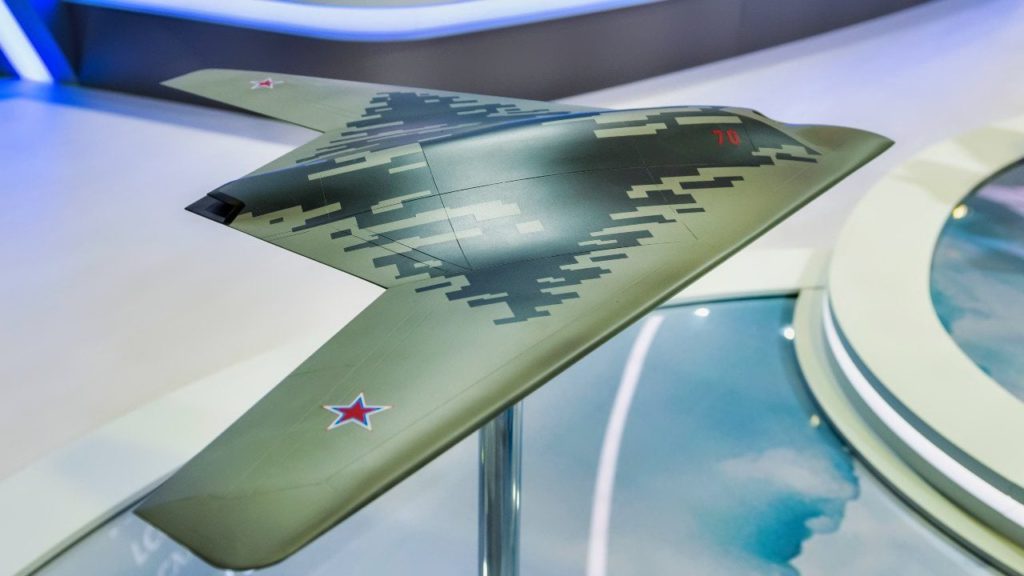
Russia’s entry into advanced unmanned warfare took shape with the Sukhoi S-70 Okhotnik-B in 2019. Rigorous testing proved the heavy drone’s exceptional capabilities, achieving flight times exceeding 4,000 kilometers while managing a substantial 2,000 kg of internal weapons load. Drawing on decades of stealth research, its radar-absorbent materials and meticulously crafted flying wing architecture deliver remarkable stealth characteristics. In a decisive demonstration of its potential, successful integration with Su-57 fighters in 2021 revolutionized Russia’s approach to combined manned-unmanned air combat tactics.
13. MQ-1C Gray Eagle

Since its 2009 introduction, the MQ-1C Gray Eagle has redefined battlefield intelligence gathering. Building on years of combat drone development, this sophisticated platform delivers persistent surveillance and strike capabilities at medium altitude. Engineered for endurance, it combines 27-hour flight endurance with a versatile payload capacity of 488 pounds, fundamentally transforming reconnaissance operations. Drawing from extensive combat experience, its operational success in Syria since 2017 has revolutionized U.S. Army tactical intelligence capabilities at the brigade level.
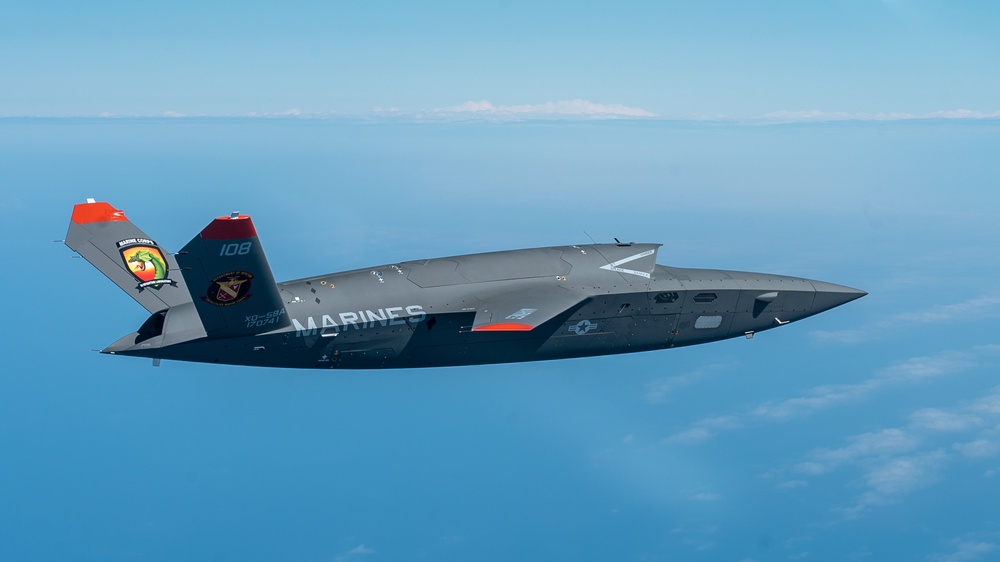
When cost-effectiveness met combat capability, the XQ-58A Valkyrie emerged in 2019 to rewrite the economics of unmanned warfare. Through innovative design approaches, engineers developed this “loyal wingman” to achieve speeds of Mach 0.85 while maintaining remarkably low operational costs of $3 million per unit. Leveraging advanced digital engineering principles, the platform seamlessly integrates with F-35 and F-22 aircraft in complex operations. Building on this foundation, the 2023 weapons trials opened new frontiers in distributed team operations with fifth-generation fighters.
11. CH-5 Rainbow

In a leap forward for Chinese aerospace, the CH-5 Rainbow entered service in 2017 with unprecedented endurance capabilities. Sophisticated propulsion systems power its 60-hour continuous operations, while robust design enables carriage of 1,000 kg of mission equipment. Utilizing state-of-the-art encrypted satellite arrays, operators maintain precise control at altitudes reaching 30,000 feet. Through systematic deployment across 12 countries by 2022, the platform established China’s position as a dominant force in military drone exports.

Drawing on decades of battlefield experience, Israeli engineers unveiled the Hermes 900 in 2012 as a masterclass in tactical unmanned systems. Incorporating cutting-edge multi-spectral sensors, the platform excels in gathering critical intelligence across contested airspace. A strategic $15 million investment yielded unprecedented mission flexibility through modular architecture. Beyond military applications, its pivotal role in coordinating the 2018 California wildfire response transformed global emergency management protocols.
9. II B. Iton Drone

The Heron TP’s 2010 debut marked a turning point in autonomous aerial intelligence. By integrating sophisticated AI algorithms, the platform seamlessly extends operations across 2,000 kilometer ranges, while its robust airframe supports a 5,300 kg maximum takeoff weight for mission flexibility. Enhanced sensor arrays enable precise target recognition in complex environments. Through intensive Mediterranean deployments, its 2020 operations achieved a transformative 40% increase in European maritime surveillance coverage.
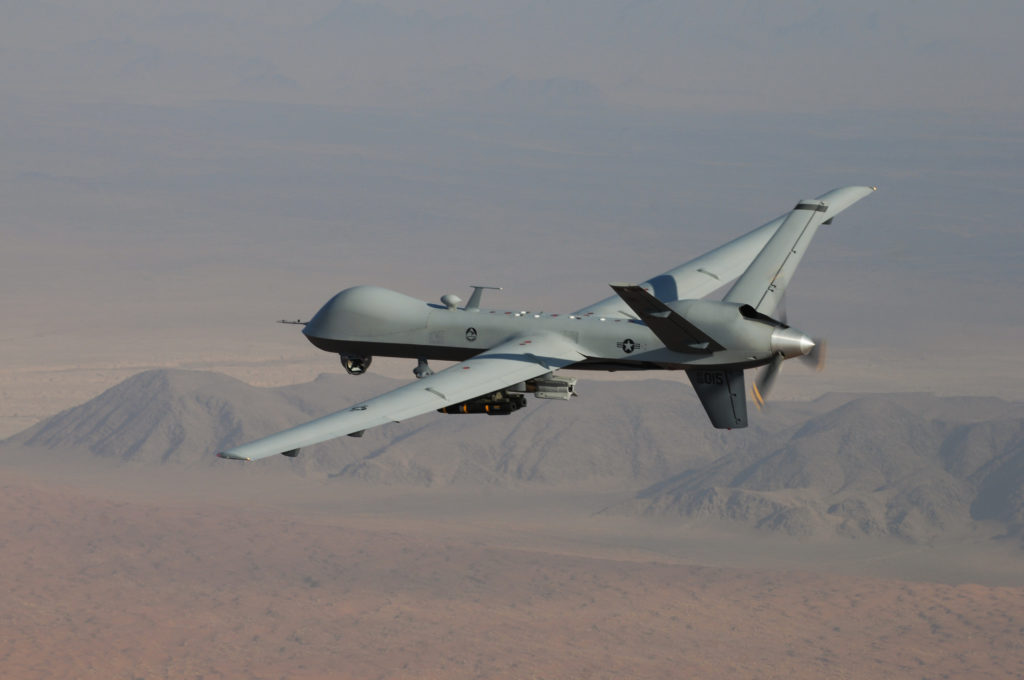
The 2007 introduction of the MQ-9 Reaper fundamentally altered the landscape of aerial combat operations. At $32 million per unit, each platform delivers unprecedented multi-role capabilities through sophisticated sensor integration. Where earlier drones struggled with endurance, the Reaper maintains 30-hour mission durations across diverse combat scenarios. Pushing operational boundaries further, its 2023 Arctic Circle patrols extended NATO’s surveillance reach beyond the 78th parallel, securing critical security gaps.
7. Tengden TB001
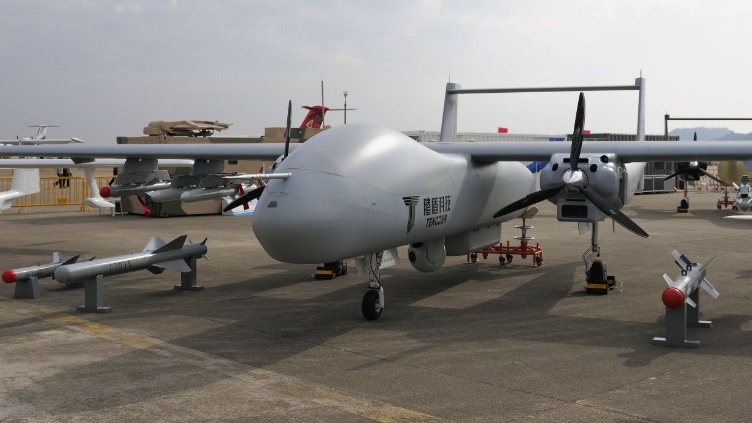
Emerging from China’s drive for aerospace innovation, the twin-engine TB001 entered service in 2021 as a breakthrough in long-endurance operations. Pushing traditional limits, the platform sustains 35-hour flight times while managing 1,200 kg of sophisticated mission systems. Through careful integration of advanced composites, engineers achieved reduced radar signatures without compromising structural integrity. In a significant milestone, its 2023 anti-submarine warfare trials marked China’s first successful deployment of AI-driven undersea detection from an unmanned platform.

The BAMS-D program revolutionized maritime surveillance upon its 2009 introduction. Building on proven radar technology, enhanced systems track multiple vessels while sustaining 30-hour persistent coverage over vast ocean areas. A decade of refinements led to 2019’s all-weather capabilities, integrating advanced sensor arrays for comprehensive maritime awareness. Through relentless intelligence gathering, the platform facilitated a record-breaking $2.3 billion in maritime contraband seizures during 2022.
5. MQ-4C Triton Drone

The 2018 deployment of the MQ-4C Triton ushered in a new era of maritime domain awareness. Backed by a $180 million per unit investment, each platform extends coverage across an astounding 2.7 million square miles per mission. Where conventional aircraft falter, robust de-icing systems and lightning protection ensure continuous operations in the harshest maritime conditions. Through seamless integration with Indo-Pacific naval forces in 2023, the platform slashed maritime response times by 60% across the strategic South China Sea region.
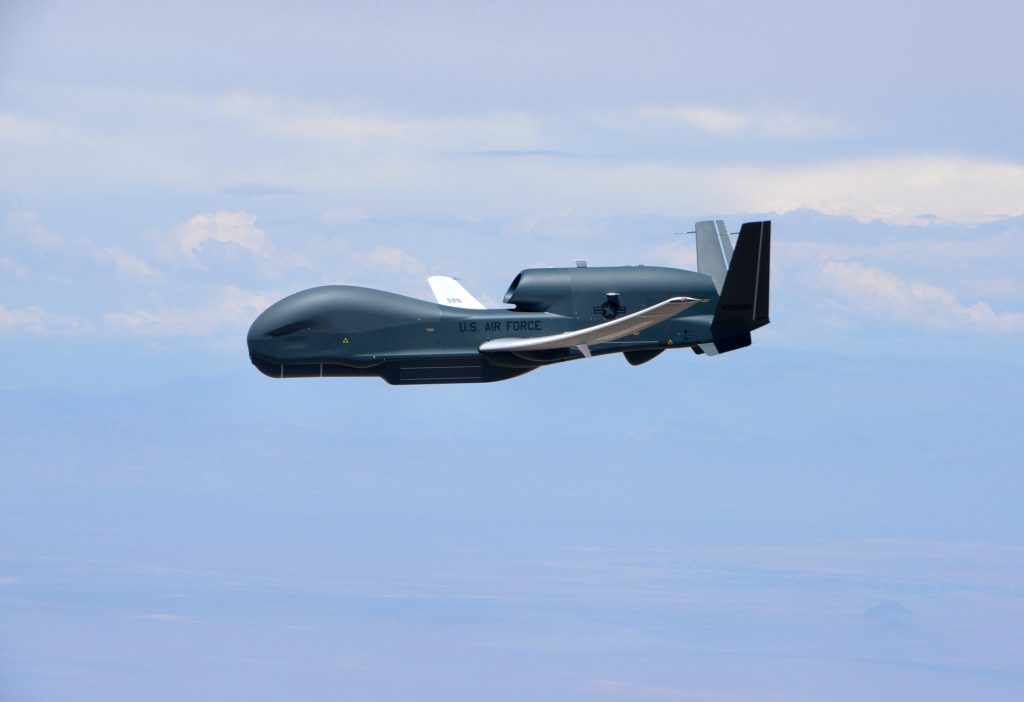
Since its 2001 inception, the RQ-4 Global Hawk has continually redefined high-altitude surveillance capabilities. Operating effortlessly at 60,000 feet, the platform delivers crystal-clear intelligence across vast geographic expanses. Advanced multi-spectral imaging systems ensure uninterrupted reconnaissance in any weather condition. During the devastating 2023 Turkish earthquake, its real-time imagery proved instrumental, guiding rescue teams to 127 survivors in those critical first hours.
3. MQ-25 Stingray Drone
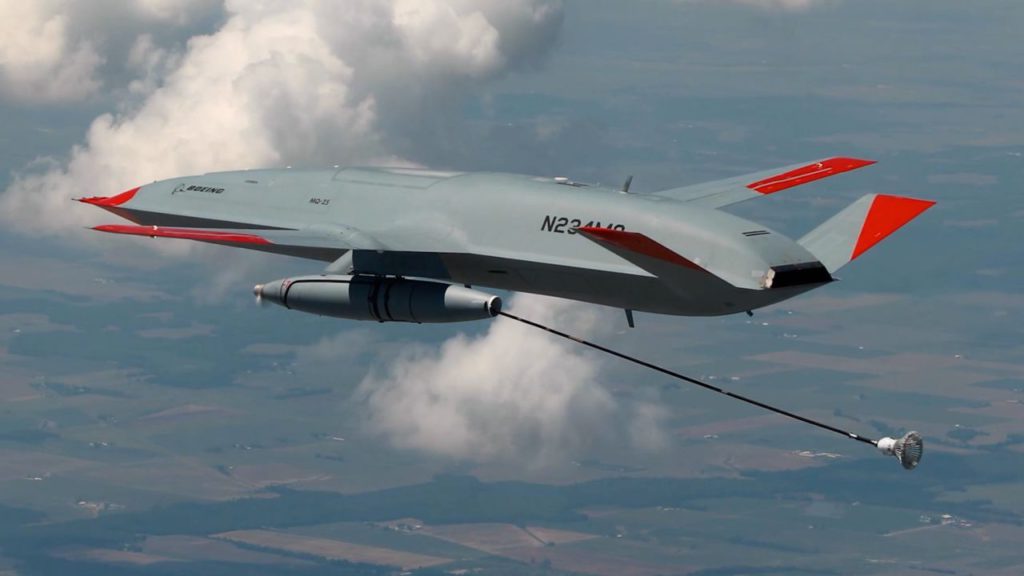
The 2021 arrival of the MQ-25 Stingray marked a revolutionary leap in naval aviation capabilities. Supported by $805 million in development funding, the platform efficiently transfers 15,000 pounds of fuel during precision aerial maneuvers. Where traditional operations required extensive human oversight, digital systems now manage carrier deck operations autonomously. Pushing boundaries further, its groundbreaking autonomous night refueling operations in 2023 extended carrier wing combat radius by 300 nautical miles. Enjoying this roundup? Then maybe you might like our review of the top 10 fastest fighter jets.

British innovation took flight in 2013 with the Taranis’s maiden voyage. Through a focused £185 million investment, engineers crafted sophisticated low-observable systems for diverse mission profiles. Combining radar-absorbing materials with ingeniously designed serpentine air intakes, the platform achieves remarkable electromagnetic stealth characteristics. In a watershed moment, its successful penetration of advanced air defense networks in 2023 directly shaped Britain’s ambitious $10 billion Future Combat Air System design.
1. Northrop Grumman X-47B Drone
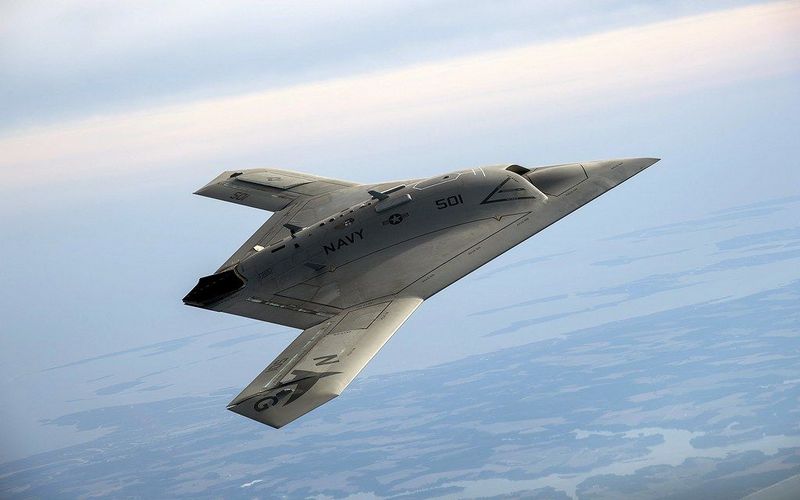
The X-47B’s historic 2013 carrier landing heralded a new chapter in naval aviation history. Driven by $813 million in strategic investment, the program pioneered autonomous carrier operations and aerial refueling capabilities. Where human pilots once ruled, precision navigation systems now execute perfect carrier landings in challenging conditions. Beyond its immediate achievements, the platform’s revolutionary autonomous carrier operations catalyzed the U.S. Navy’s unmanned aviation program, spawning six new drone classes by 2024.




No comments:
Post a Comment